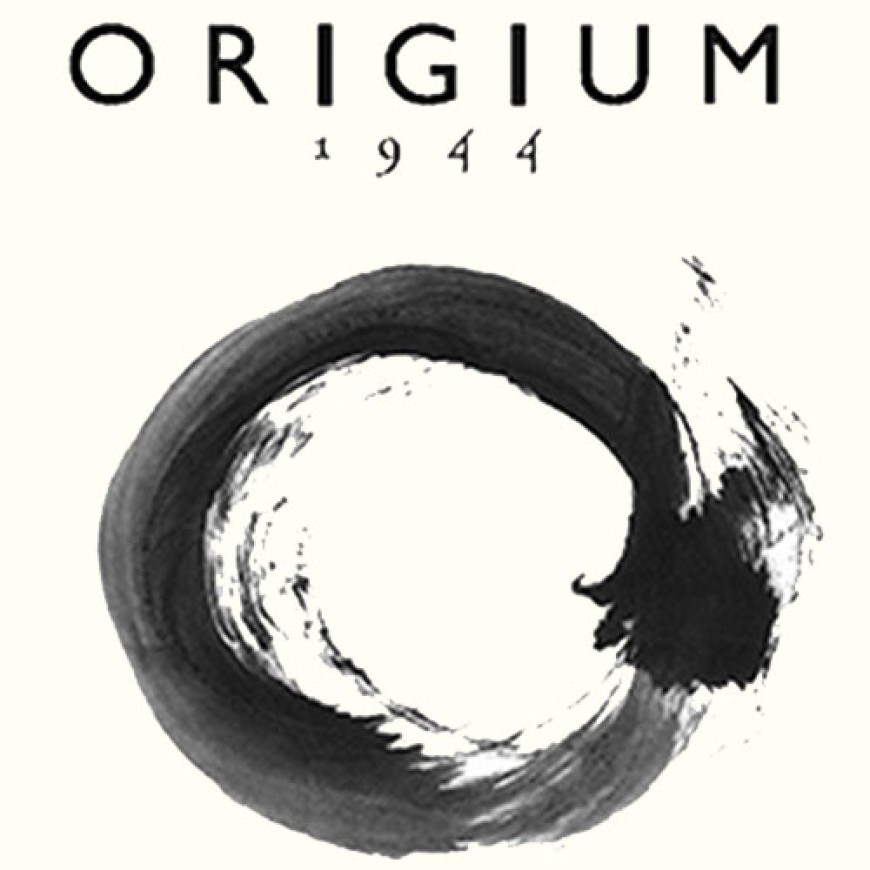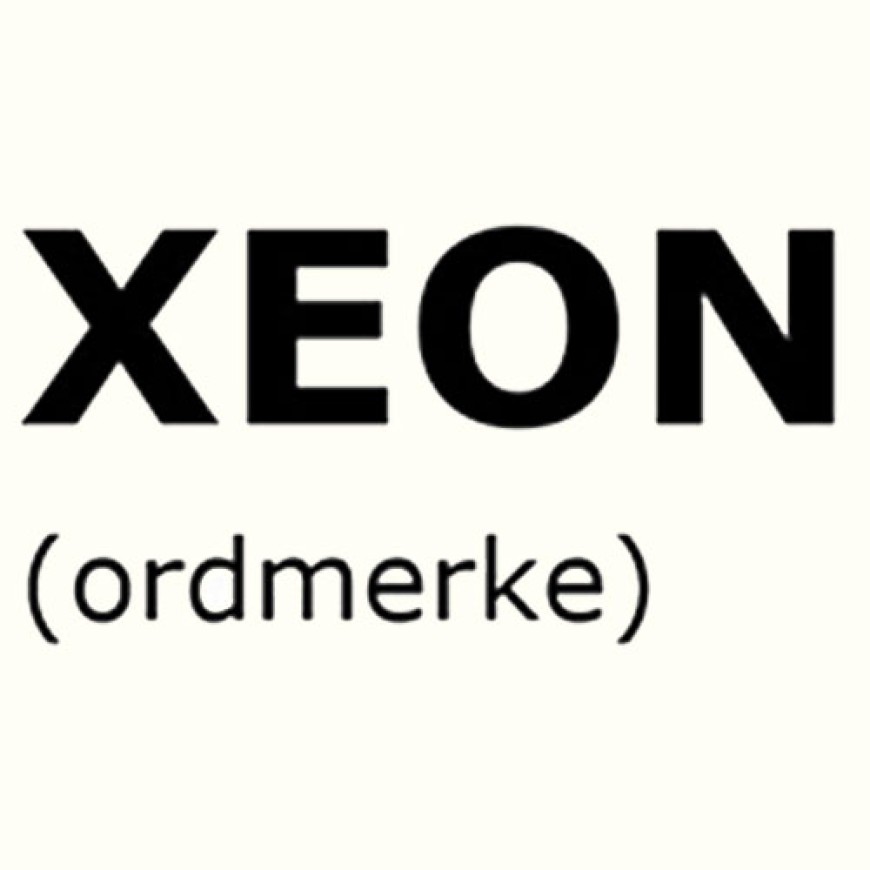Learn about trademarks
Find out if trademark is the right for you.
If your trademark is too similar to someone else's right, it cannot be registered.
When the Norwegian Industrial property Office (NIPO) assesses whether two marks are likely to be confused, we assess whether the marks are similar to each other and whether the marks apply to similar goods/services. The decisive factor is whether the consumer will be able to mistake the brands in a buying situation or believe that the products come from the same manufacturer. We only consider whether the trademark can be confused with already registered trademarks. We do not investigate whether the trademark can be confused with other company names, other business characteristics or unregistered, incorporated trademark rights.
Owners of such signs can, however, make an objection, which NIPO must take into account, and which may result in a refusal or the trademark being deleted.
When assessing whether two characteristics are similar, we decide on:
whether the marks look similar visually
whether the brands sound similar when pronounced
whether the brands give similar associations
We also decide how distinctive the older brand is. If someone sticks closely to a very special brand, it doesn't take much for consumers to mistake the brands.
On the other hand, two weaker brands will more often be able to coexist. For example, we do not believe that consumers would mistake the brands KNASKEBRØD and HOLIDAY BREAD, applied for baked goods, just because the brands have the word BRØD in common.
When assessing whether the marks apply to similar goods and services, we take a position on a number of different considerations. We consider, for example, whether the relevant goods or services:
The goods and services for which a mark is registered are placed in a class system of 45 classes. Each class has a heading that basically describes the types of goods and services included in this class.
We use a tool called a "cross-examination list" when we assess whether goods and services included in different classes are similar.
Please note the following:
Below are some real-life examples of interchangeability.

Already registered for watches. Registration number 013115563 (EUIPO)

Searched for watches, case number T-530/21 (EU General Court)
The marks relate to the same goods, namely watches.
Result: Likelihood of confusion.

Applied for wine, case number T-366/20 (EU General Court)

Applied for alcoholic beverages. Registration number M3515941 (TM View)
The goods “wine” and “alcoholic beverages” are the same, and the marks therefore cover the same goods.
Result: Likelihood of confusion.

Applied for registration for computer equipment and various computer programs, case number LB-2023-9016 (Borgarting lagmannsrett)

Registered for, among others, computer equipment and various computer programs. Registration number 202887.
The marks apply to the same goods.
Result: Likelihood of confusion (because the marks will be pronounced exactly the same).
If someone has a trademark that is confusingly similar to yours, you can contact the owner and ask for consent to register your trademark.
Ole Olsen, holder of trademark registration no. 12345, word mark X, with address Ringveien 1, Oslo, consents to the registration and use of trademark application no. 56789, the combined mark X, belonging to Lise Hansen, with address Ringveien 2, Oslo, for the following goods and services:
Class X
Class X
Date and signature
The registration you consent to may become an obstacle if you later want to register a similar mark.
It may therefore be a good idea to enter into an agreement where you and the holder of the other trademark agree not to prevent each other's trademark registrations for the future as well.
Such an agreement can be in the form of a coexistence agreement.

You cannot get your trademark registered if it infringes someone else's right to a trademark, company name or other business characteristic.
When NIPO receives a trademark application, we investigate whether the trademark can be confused with already registered trademarks. If this is the case, we must reject the application.
Check for yourself whether the trademark is available in our trademark register.
Get an overview of the possibilities available to you, and how you should proceed to apply for a trademark registration. Experts at the Norwegian Industrial Property Office have extensive experience and know what you should think about.
Find out if trademark is the right for you.
Search our trademark register and see if there are other trademarks that are similar to yours.
See what you need to have ready before you start filing a trademark application.

Did you know that as much as 90 % of the assets in innovative companies can be intellectual property? It is therefore important that these values are managed correctly. A well-thought-out strategy is as important to commercial success as financing, marketing and sales.
Learn more about IP strategy